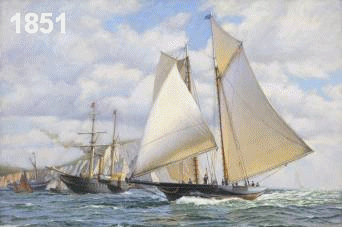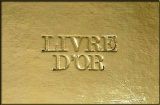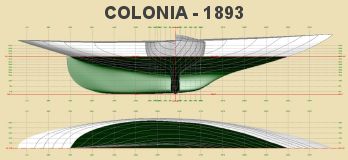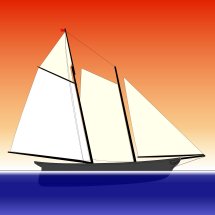 AMERICA'S CUP
AMERICA'S CUP1851-1937
"If we can fly today in the San Francisco Bay, this is because there have been "adventurers" like Walter Greene and Mike Birch.
To understand the future, we must know and respect the past."
Loïck PEYRON (Voiles et Voiliers July 2014)
![]()











 It was feared by many that the Dunraven affair would result in a permanent cessation of contests for the America's cup, and such might have been the case had not Sir Thomas J. Lipton, an enterprising tradesman, profiting by an era of good feeling between the United States and Great Britain, issued a challenge through an Irish yacht club of which he was a valued member.
It was feared by many that the Dunraven affair would result in a permanent cessation of contests for the America's cup, and such might have been the case had not Sir Thomas J. Lipton, an enterprising tradesman, profiting by an era of good feeling between the United States and Great Britain, issued a challenge through an Irish yacht club of which he was a valued member.


 Colonia was owned by a syndicate composed of Archibald Rogers, Frederick W. Vanderbilt, William K. Vanderbilt, F. Augustus Schermerhorn, J. Pierpont Morgan, and John E. Brooks. She was built of steel, and was a racing machine, pure and simple, as were all four boats constructed that year with an eye to cup defence.
Colonia was owned by a syndicate composed of Archibald Rogers, Frederick W. Vanderbilt, William K. Vanderbilt, F. Augustus Schermerhorn, J. Pierpont Morgan, and John E. Brooks. She was built of steel, and was a racing machine, pure and simple, as were all four boats constructed that year with an eye to cup defence. Harold Stirling Vanderbilt (July 6, 1884 – July 4, 1970) was a railroad executive, America’s Cup yachtsman with three Cup defenses, commodore of the New York Yacht Club, and originator of contract bridge.
Harold Stirling Vanderbilt (July 6, 1884 – July 4, 1970) was a railroad executive, America’s Cup yachtsman with three Cup defenses, commodore of the New York Yacht Club, and originator of contract bridge. Drawn to ships and the sea because of the timeless nature of its mystery and beauty, J. Franklin Wright has developed the mastery of the marine composition at its compelling best. Specializing in ship portraits, he is influential for his explorations into the sparsely documented history of Canada’s shipbuilding industry.
Drawn to ships and the sea because of the timeless nature of its mystery and beauty, J. Franklin Wright has developed the mastery of the marine composition at its compelling best. Specializing in ship portraits, he is influential for his explorations into the sparsely documented history of Canada’s shipbuilding industry.


